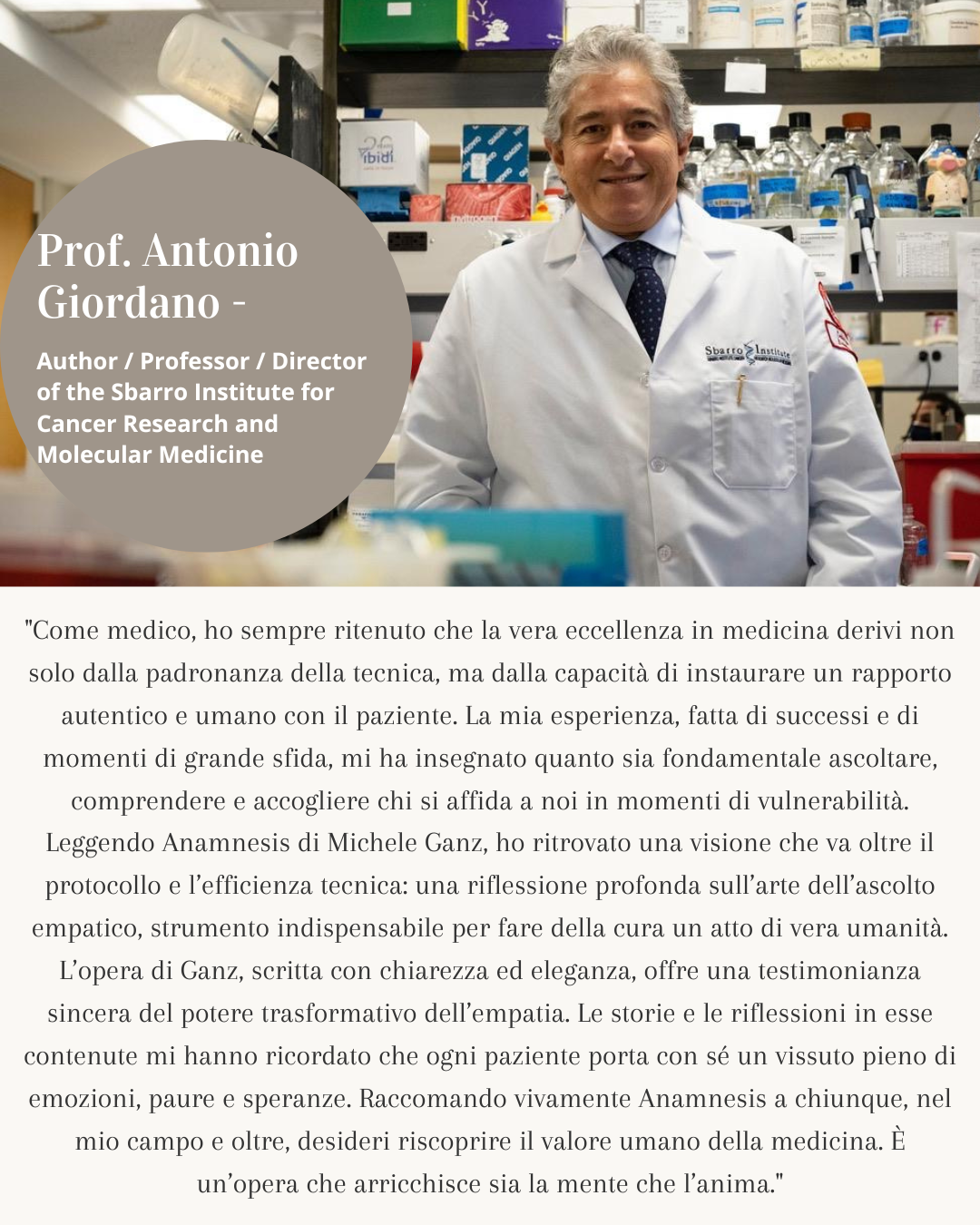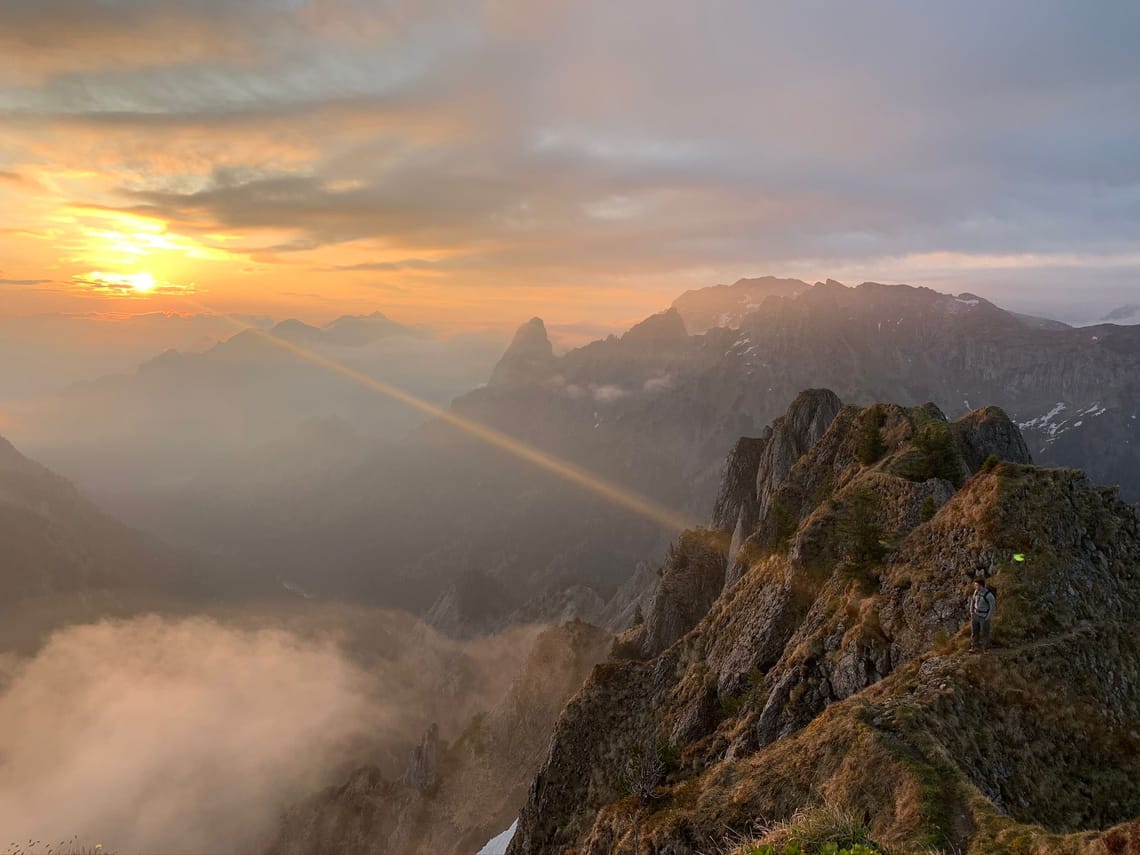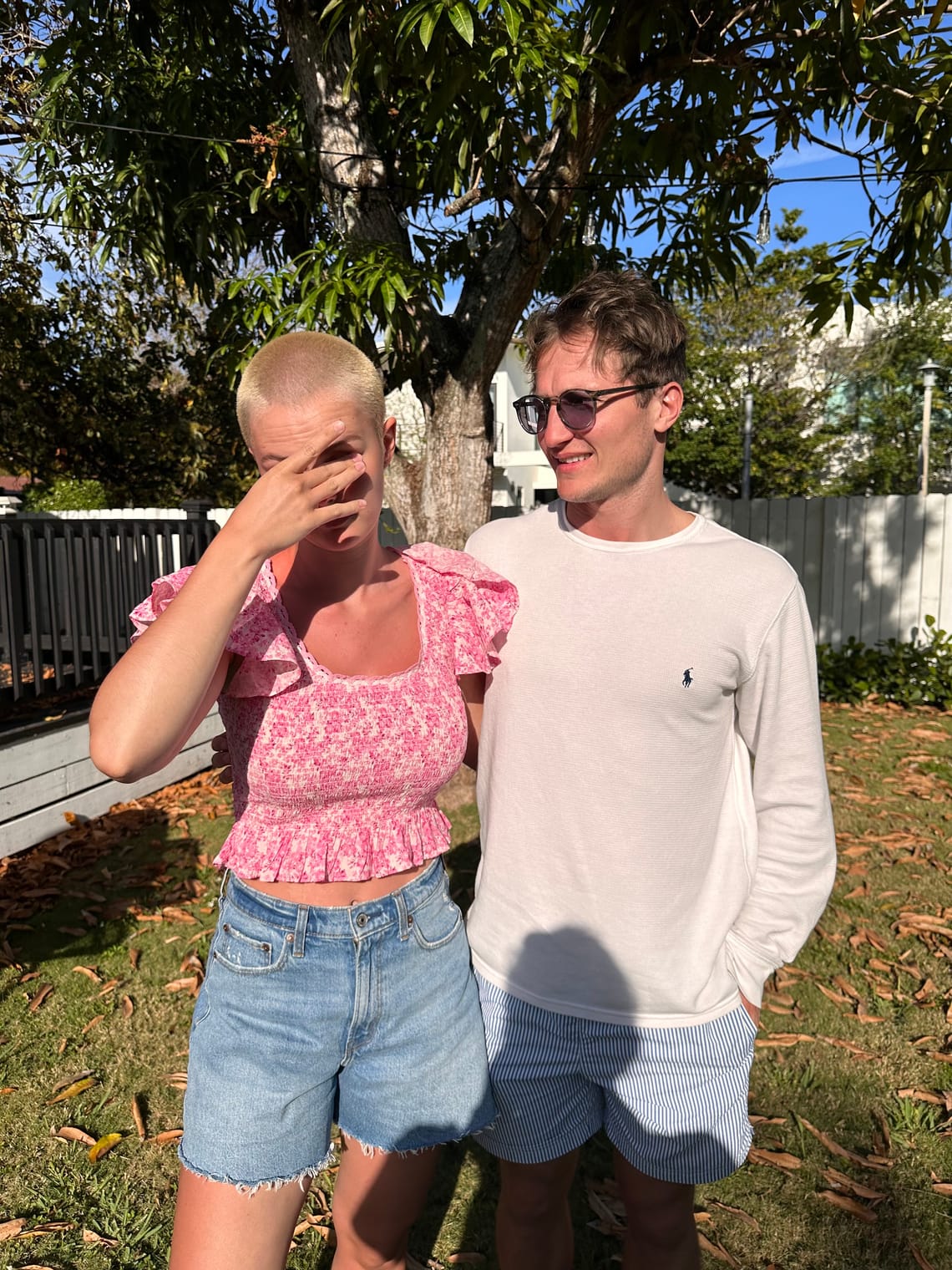Owner of a concept store, photographer, and former corporate manager
Burnout syndrome
Milan, Italy
"Stamberga is the result of my 'burnout.' Between home and the hospital, I spent more than four months battling what I thought was wrong in my head: a monster, I called it, which was the fear of how my life would change after everything that happened to me.
I lost my father unexpectedly, and it quickly became one of the darkest periods of my life. I considered my father one of those superhumans. He was a source of inspiration, the kind that many talk about but few find, closely tied to strong and sincere origins like mine, as it resided in his father before him. Given everything my father had given me, it was difficult to let him go forever. I also had a special bond with my grandmother, whom I lost too abruptly and unjustly.
About a year and a half before the 'burnout,' I traveled a lot for work as a manager for European companies with offices in amazing places like Copenhagen, Amsterdam, Berlin, Munich, and Frankfurt. In these cities, over the years, I learned to love art like never before. I had the fortune to visit more than 290 art galleries and concept stores of local character in less than two years. Stamberga is also the result of these journeys, which have always shaped me.
Stamberga was born three years ago as a photography gallery based solely and exclusively on black-and-white photos of Buddhist monks. For 26 years, I worked and spent time photographing these subjects, thinking, like in any fairy tale, they would grant me a breathtaking happy ending. I went through a McCurry phase in my photography. I dedicated myself exclusively to capturing the same subject: monks. Perhaps this is why, in the early days, the gallery was never full enough. The first year after Stamberga's opening was indeed very difficult and had little clientele. After a few months, however, interesting clients started to come, becoming increasingly attached to a product rich in history and meaning, which is hard to abandon once you understand its true essence.
To increase customer traffic, I added illustrated books imported from Japan, Korea, Taiwan, and Hong Kong. The Poetic Library, as Stamberga was briefly known. Later, stationery was added to the library, maintaining a character always of foreign Oriental import. And after the stationery, finally, tea became an important part. Paris is a small enclave for tea: in a context like Parisian, I saw this product overlap quite seamlessly with the Japanese one during my travels there, compared to many other European realities. However, I realized that, despite tea in France, in terms of quality, being very similar to what I tried in Japan, I would never reopen my heart like in a similar experience in Uji, a few years ago, a town a few kilometers outside Kyoto. So I decided to import tea produced in those lands I had explored, creating my own brand and selling it here in Milan.
I consider the stationery, the library, and the tea part of me. Each product at Stamberga has its own beautiful and deep story that touches me. All the elements that make it up have been used by me personally over the years. I wanted to share their special essence with a wider audience.
Stamberga is a Concept Gallery. To this day, its origin and true essence remain photography, deriving from the highest existing technique for black and white (darkroom, silver salts, acid-free materials like passe-partout, and anti-reflective glass). It's as if the products on display and I are connected by a very thin thread that slowly breaks every time one of them leaves Stamberga.
I spent more than 25 years with a suitcase in hand, traveling for work as a manager among various important European companies. I visited more than 103 countries, getting to know different sectors such as food & beverage, cocoa to chocolate production in Santiago, Chile (taking part in the production of the famous dulce de leche), public lighting in La Plata, Argentina (participating in the construction of the Estadio Único Diego Armando Maradona), and Mendoza, sports (entering the snowboard sales sector) in America, and finally, the sale of children's products in the global company Chicco, which led me to discover places like Kazakhstan, Shanghai, Lebanon, and the wonderful Baltic countries.
Ralph Waldo Emerson said: 'The mind, once stretched by a new idea, never returns to its original dimensions.' The mind, in my case, twisted by all these changes, experiences of fabulous and unforgettable journeys, never returned to its original size. Too much curiosity enveloped my life like a bundle, turning it from an extreme negative to an infinite positive, even after the passing of my father and grandmother.
I was more stressed traveling to Paris or Copenhagen than to Seoul or Beijing because they remained less repetitive and stressful travel destinations. Religion in these places dictated fascinating shades of life, and if you pay enough attention to them, they can give you extraordinary emotions. When you experience them firsthand, you hardly notice and almost take them for granted. Drinking tea in Saudi Arabia, you are not merely seeking pleasure from a simple gesture, but appreciating a lifestyle of which religion itself is the absolute master, in schedules, spaces, and completely different circumstances. A few years after Stamberga's birth, I realized how much sense this whole discourse made, as profound as the oceans I had crossed. I managed to grasp, paying the consequences, the joy that, upon the lighting of Stamberga's unique lights in the morning, still makes my eyes shine.
It was in America, after the famous McCurry phase that lasted about a year, where I photographed everything that moved on the street, that I decided to take black-and-white photos of only Buddhist monks. A dear friend and famous company director suggested I travel to Kathmandu, impressed by the results of my photographs. I remember, now laughing, that I asked where Kathmandu actually was, as ignorant as a fool. I thought of Nepal, but I wasn't really sure. I realized a few years later that it wasn't really ignorance speaking, but fear. Deep down, I knew that in a few days, I would indeed be leaving for a new adventure. And it scared me a little.
With 17 camera bodies, 100 rolls of film, and 5 bags, I left for Kathmandu, where I encountered one of the most devout Hindu places in Nepal, the Pashupatinath Temple. There, a few steps from the center, I met what I thought was, at first glance, a bonze. I took a picture of him, in black and white, without really knowing why. It was the first time I took a photo of a Buddhist monk, which I discovered he was only a few days later. I was almost obsessively curious about their lifestyle, which, a few days later, pushed me to search for them in Tibet.
Since 1954, the Dalai Lama, having fled Tibet, a land yoked under Chinese control in the following years, was welcomed in Dharamsala, in the Kangra district of Northern India. I learned about this event only later, having experienced it firsthand, visiting and meeting very few monks in Tibet. I decided to continue my journey to Dharamsala and then to Ladakh. It was there, in Little Tibet, at the gates of the Himalayas, with a background of monasteries perched at three thousand six hundred meters above sea level, that I encountered a religion that opened up a completely different world to me. There, for the second time, I took that cursed shot, which remained, for more than a year, my victory and at the same time damned defeat, because, developed blurry in black and white, it turned out to be unique in its kind. A period of panic and total crisis enveloped my life from that moment on. I spent more than a year trying to replicate this same photo without ever succeeding.
The turning point came when I decided to change context about a year later. With the Trans Mongolia, which took me from Beijing, where I was residing for work at the time, to Mongolia, where I regained the intuition to take new photos, involving a completely changed life context."




